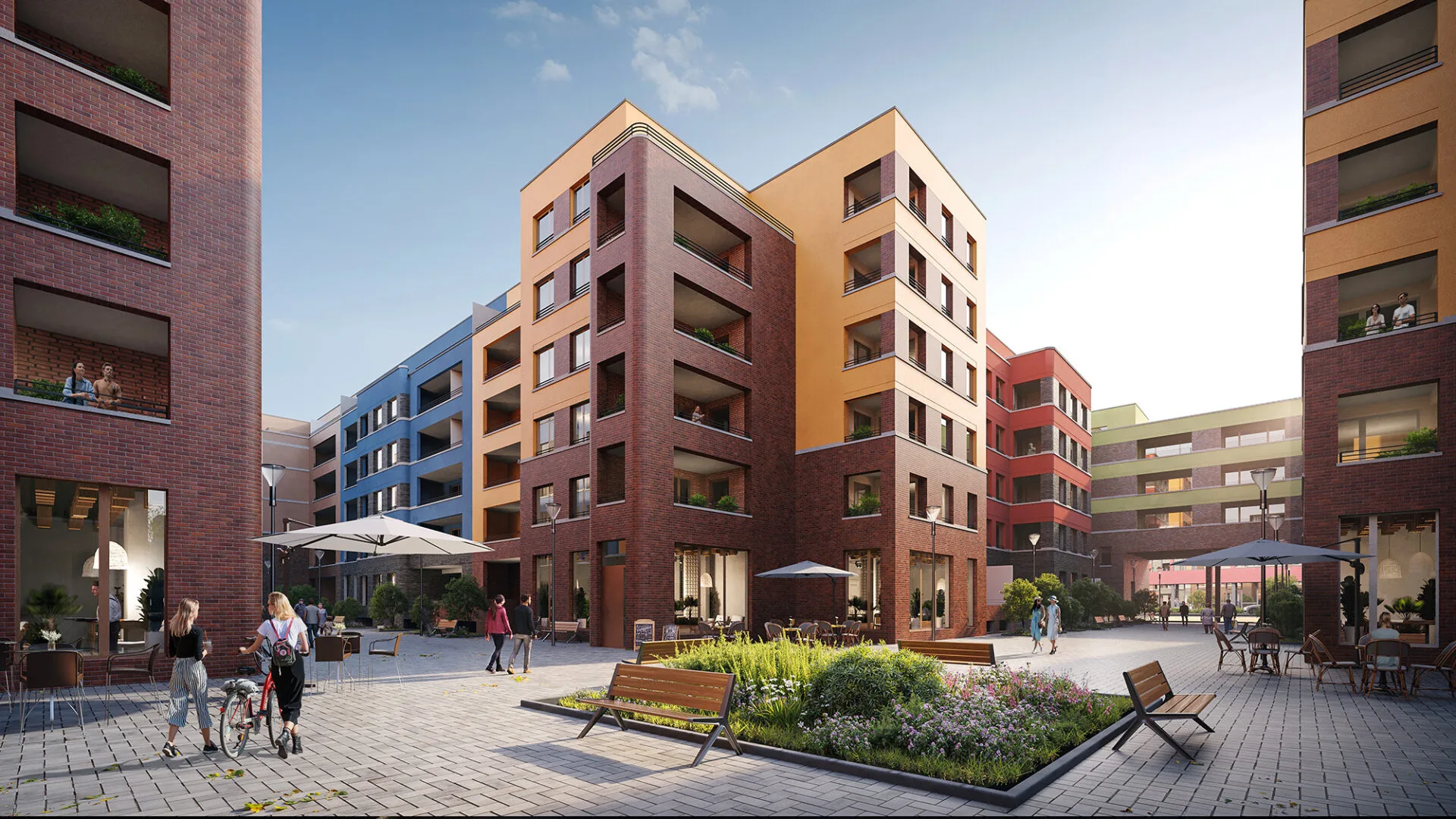How to Prepare Your Project for 3D Architectural Visualization: A Step-by-Step Guide

Before diving into the world of architectural visualization, it’s essential to ensure that your project is properly prepared to achieve the best results. Whether you’re an architect, interior designer, or property developer, following a structured approach can significantly enhance the outcome of your 3D architectural visualization project. Here’s a step-by-step guide to help you get started:
1. Define Your Objectives
Begin by clearly defining the goals and objectives of your project. Determine what you aim to achieve through 3D architectural visualization, whether it’s showcasing a design concept to clients, obtaining approvals from stakeholders, or marketing a property.
2. Gather Project Information
Collect all relevant information about your project, including architectural drawings, floor plans, elevations, and material specifications. The more comprehensive the information you provide, the more accurate and detailed the visualization will be.
3. Select the Right Visualization Style
Choose the visualization style that best suits your project requirements. Whether you prefer photorealistic rendering, stylized illustrations, or interactive animations, selecting the right style will effectively convey your design vision.
4. Collaborate with the Visualization Team
Work closely with a professional 3D visualization studio to discuss your project requirements and objectives. Collaborate with the visualization team to ensure they have a clear understanding of your vision and expectations.
5. Provide Feedback and Iterations
Review the initial visualization drafts provided by the studio and provide feedback for any revisions or adjustments. Iterate on the designs until you are satisfied with the final outcome, ensuring that all details are accurately represented.
6. Prepare Supporting Materials
Prepare any additional materials or information that may enhance the visualization process, such as reference images, material samples, or design inspiration. Providing comprehensive resources will aid the visualization team in creating a more refined and accurate representation of your project.
7. Finalize and Approve
Once all revisions and adjustments have been made, review the final visualization drafts and ensure they align with your project objectives. Upon approval, finalize the visualization files and prepare them for presentation or distribution to stakeholders.
Conclusion
By following these steps, you can effectively prepare your project for 3D architectural visualization and achieve compelling results that bring your design vision to life. For professional and high-quality visualization services, consider partnering with Render Vision, a leading studio known for delivering exceptional visualizations tailored to your specific project needs.

